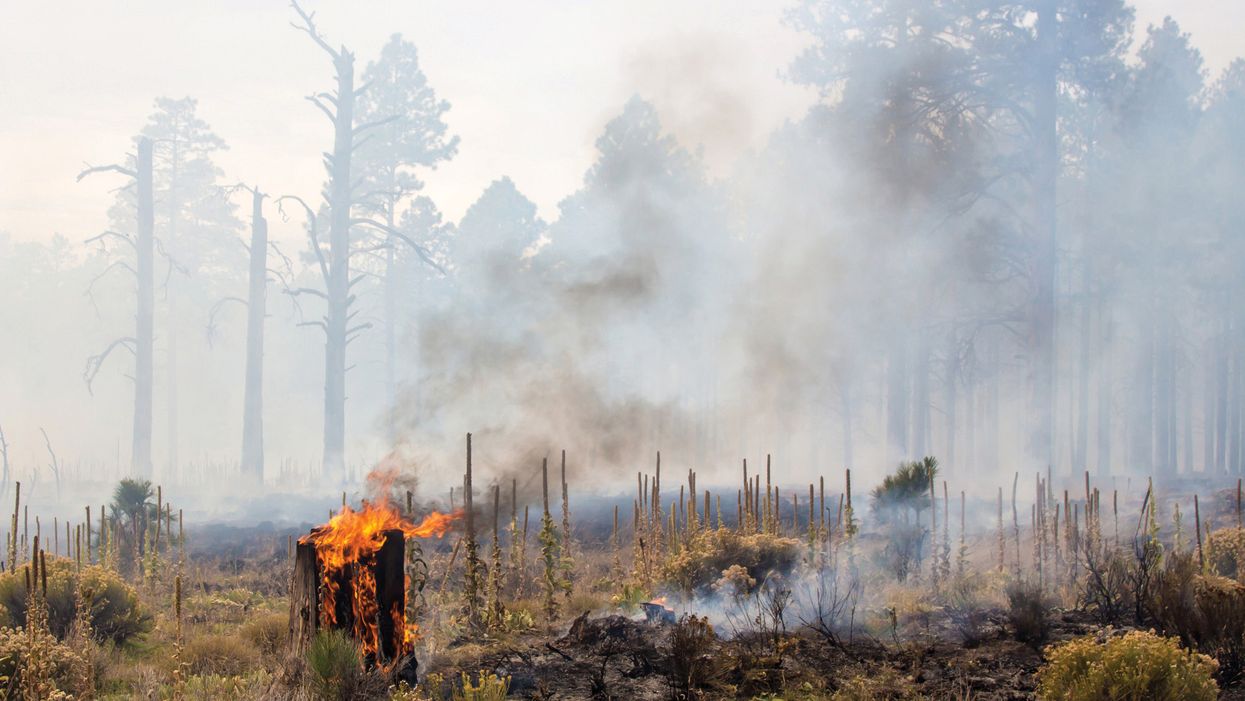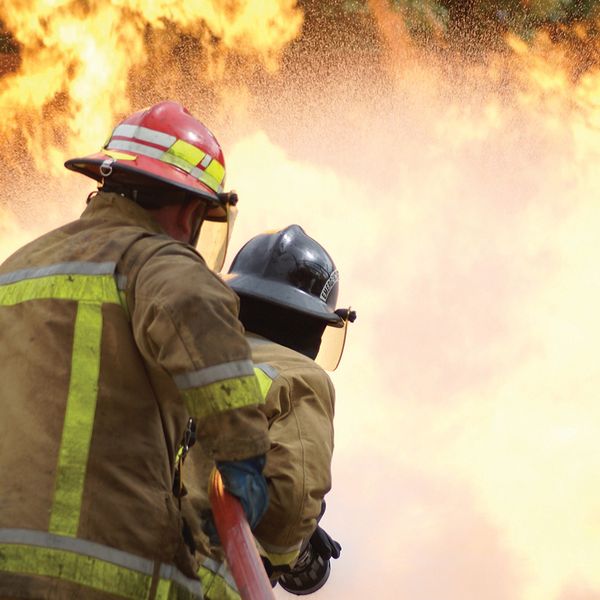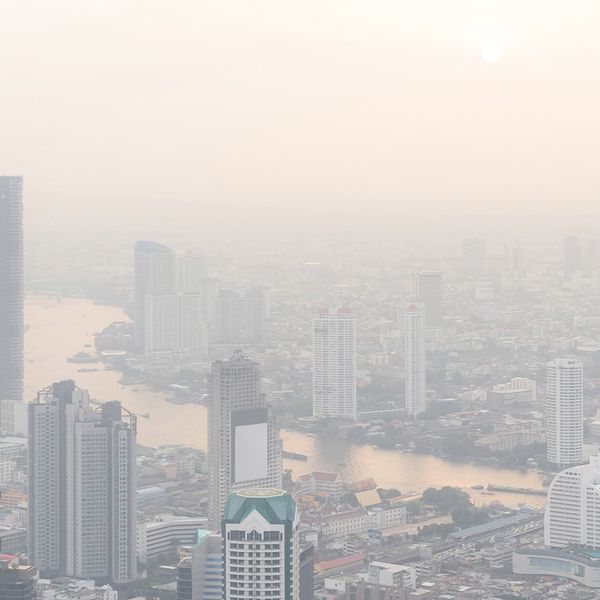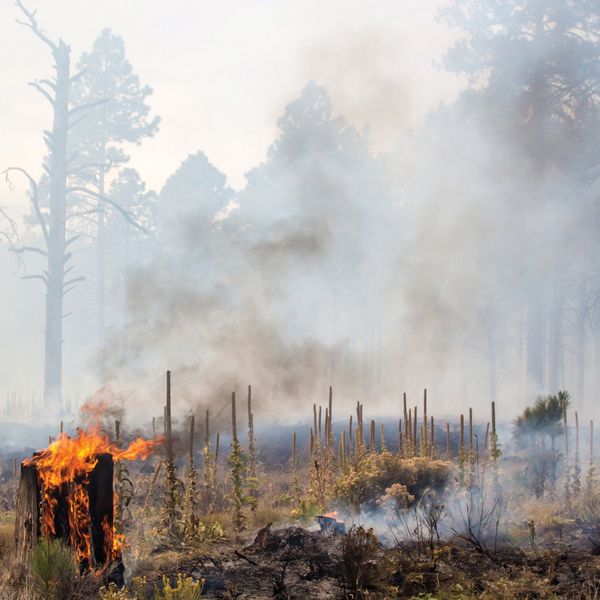Smoke signals: Battling the hazy maze of wildfire smoke
The increase in unhealthy air pollution produced by wildfires has intensified the challenges associated with protecting workers from exposure to this health hazard. However, this exposure can be reduced with knowledge, safe work practices, and appropriate personal protective equipment (PPE). It’s important for employers to have a plan in place to protect workers by preventing or minimizing exposure to hazardous air quality.
Wildfire smoke is composed of harmful chemicals and tiny particles of partially burned material less than 2.5 micrometers in diameter, which present a significant health hazard for workers exposed to it. These particles can enter the lungs and even the bloodstream, and are linked to serious or even fatal health effects, such as:
- Reduced lung function,
- Bronchitis,
- Worsening asthma, and
- Heart failure.
Taking action to reduce exposure
There are currently three states with regulations that specifically address the air quality index (AQI) as it relates to wildfire smoke:
- California (Title 8, CCR 5141.1),
- Oregon (OAR 437-002-1081 and OAR 437-004-9791), and
- Washington (Chapter 296-820 WAC).
Absent any standard, all employers across the country have an obligation under the General Duty Clause to protect their workers from exposure to unhealthy levels of air pollutants due to wildfire smoke emissions.
Employers should take protective measures to reduce smoke exposure for outdoor workers including:
- Monitoring air quality: Make it a point to frequently check the AQI in the area(s) where their workplace is located. This can be done by visiting the EPA’s AirNow site or using air quality monitoring devices.
- Developing a wildfire smoke policy: Implement a policy that identifies how the workplace will respond to wildfire smoke events. This should include preparation and monitoring, when and how to act, and communication with employees.
- Training employees: At a minimum, train employees on the health effects of wildfire smoke, adverse symptoms associated with exposure, and ways to protect themselves. They should also clearly understand any state-specific requirements.
- Reducing, relocating or rescheduling work tasks: During times of elevated concern due to the AQI, reduce levels of physical activity, relocate employees or adjust work schedules to minimize exposure.
- Improving indoor air quality: Keep all building windows, doors, bays, and other structure openings closed whenever possible. Ensure air is filtered by a mechanical ventilation system. Company vehicles should be equipped with cabin air filters.
- Providing or allowing PPE: Allow NIOSH-approved respirators for voluntary use, unless otherwise required.
- Keeping employees informed: Establish a system of communication that informs employees of the current AQI, any reduced or rescheduled work tasks or locations, and what protective measures are available to reduce wildfire smoke exposure.
Understanding air quality index
Air quality is a complex and evolving challenge. The EPA has established an AQI for five major air pollutants regulated by the Clean Air Act. Each of these pollutants has a national air quality standard set by EPA to protect public health:
- Carbon monoxide,
- Ground-level ozone,
- Nitrogen dioxide,
- Particle pollution (i.e., PM2.5 and PM10), and
- Sulfur dioxide.
Employers must create protective measures to reduce employee exposure to these major air pollutants. When AQI values are above 100, as listed on the EPA’s AirNow.gov website, air quality is unhealthy: first for certain sensitive groups of people, then for everyone as AQI values increase.
Key to remember
Employers should have a plan to prevent employee exposure to dangerous air quality levels.































































